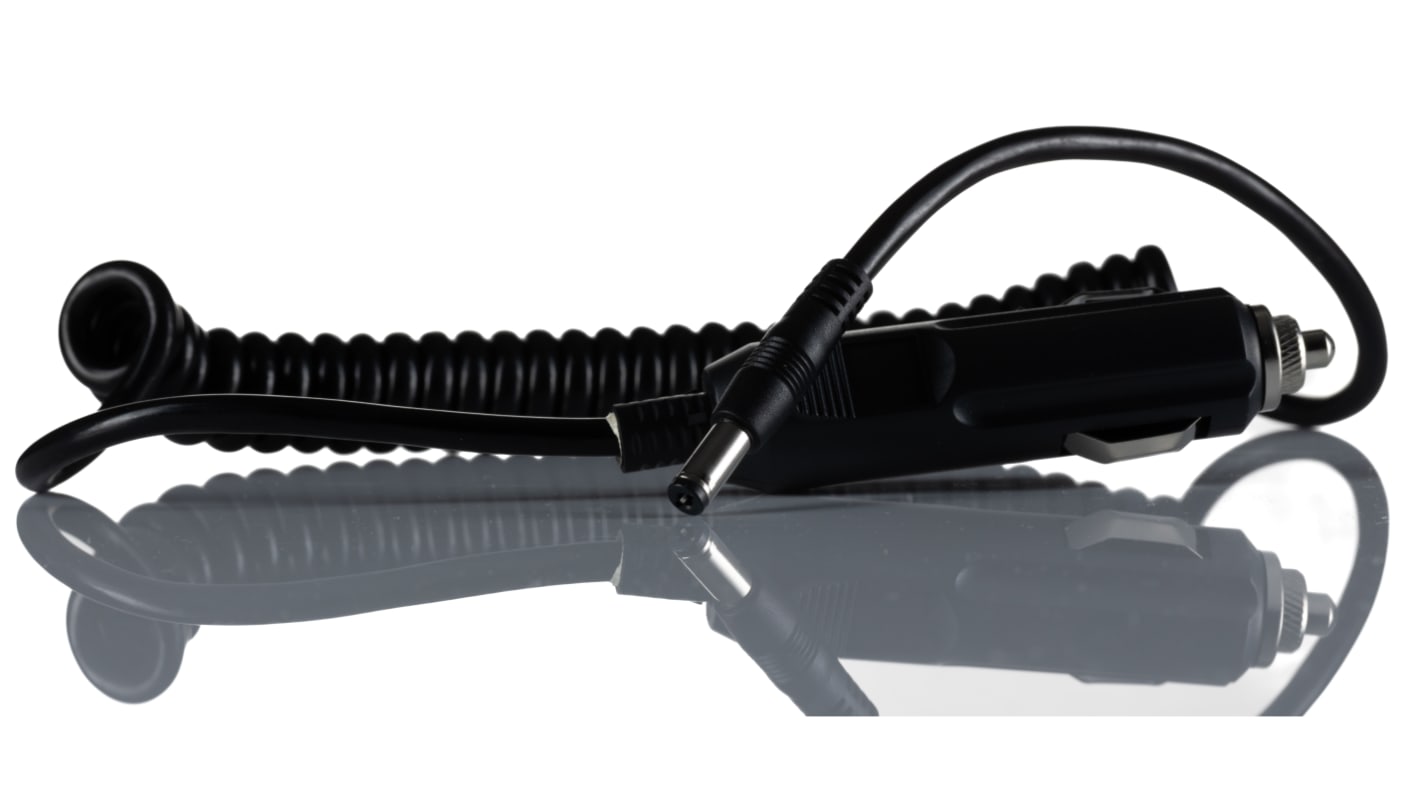Fluke Thermal Imaging Camera Vehicle Adapter for Use with Ti10, Ti25, Ti32, TiR, TiR1, TiR32
- RS Stock No.:
- 446-594
- Mfr. Part No.:
- TI-CAR CHARGER
- Brand:
- Fluke

Subtotal (1 unit)*
£138.37
(exc. VAT)
£166.04
(inc. VAT)
FREE delivery for orders over £50.00
Temporarily out of stock
- Shipping from 05 January 2026
Need more? Click ‘Check delivery dates’ to find extra stock and lead times.
Units | Per unit |
|---|---|
| 1 + | £138.37 |
*price indicative
- RS Stock No.:
- 446-594
- Mfr. Part No.:
- TI-CAR CHARGER
- Brand:
- Fluke
Specifications
Technical Reference
Legislation and Compliance
Product Details
Find similar products by selecting one or more attributes.
Select all | Attribute | Value |
|---|---|---|
| Brand | Fluke | |
| Accessory Type | Vehicle Adapter | |
| For Use With | Ti10, Ti25, Ti32, TiR, TiR1, TiR32 | |
| Select all | ||
|---|---|---|
Brand Fluke | ||
Accessory Type Vehicle Adapter | ||
For Use With Ti10, Ti25, Ti32, TiR, TiR1, TiR32 | ||
RoHS Status: Exempt
- COO (Country of Origin):
- CN
Fluke Ti Thermal Imager in-car Power Adaptor
Fits standard 12 V dc car auxiliary power adapter
Coiled lead extending to approximately 900mm
Compatible with Fluke Ti10, Ti25, TiR, TiR1 and TiS thermal imaging cameras
Coiled lead extending to approximately 900mm
Compatible with Fluke Ti10, Ti25, TiR, TiR1 and TiS thermal imaging cameras
FLUKE Thermal Imaging Camera Vehicle Adapter, Black, Coiled Cable - TI-CAR CHARGER
Need to keep your thermal imaging camera working through a long shift? Make sure you’re ready to go with this in-car charger from FLUKE. Simply plug it into the auxiliary power outlet (which used to be a cigarette lighter) to top up the battery on the move, so you always arrive fully prepared. The charger is compatible with FLUKE's Ti10, Ti25, TiR, TiR1 and TiR32 models, making it a versatile choice.
Features & Benefits
• Fits a standard 12V DC auxiliary power adapter, no additional kit is needed
• Coiled lead extends to 900mm, just right for charging on the passenger seat
• Coiled lead extends to 900mm, just right for charging on the passenger seat
Applications
• Electrical engineering
• Fire service
• Automotive industry
• Fire service
• Automotive industry
What can I use a thermal imaging camera for?
Different models of thermal imaging camera have different specialisms. Engineers use them to identify electrical hotspots and overheating equipment, while mechanics use them for engine diagnostics. In the construction industry, they're handy for checking insulation and detecting leaks in heating systems. They're also useful for seeing through smoke to find the source of fires, or detecting temperature differences in animals for the purposes of diagnosing illness.
Related links
- Fluke Thermal Imaging Camera Battery Pack for Use with Fluke TI10 Fluke TI25 Fluke TIR1
- Fluke Thermal Imaging Camera Battery Charger
- Fluke Thermal Imaging Camera Battery
- Fluke Thermal Imaging Camera Thermal Imager Visor
- Fluke Thermal Imaging Camera Thermal Imager Visor for Use with Ti200 Ti400
- Fluke Thermal Imaging Camera Infrared Lens for Use with RSE 300, RSE 600
- Fluke Thermal Imaging Camera Accessories
- Fluke Thermal Imaging Camera Infrared Lens for Use with Ti200 Ti400, Ti450
